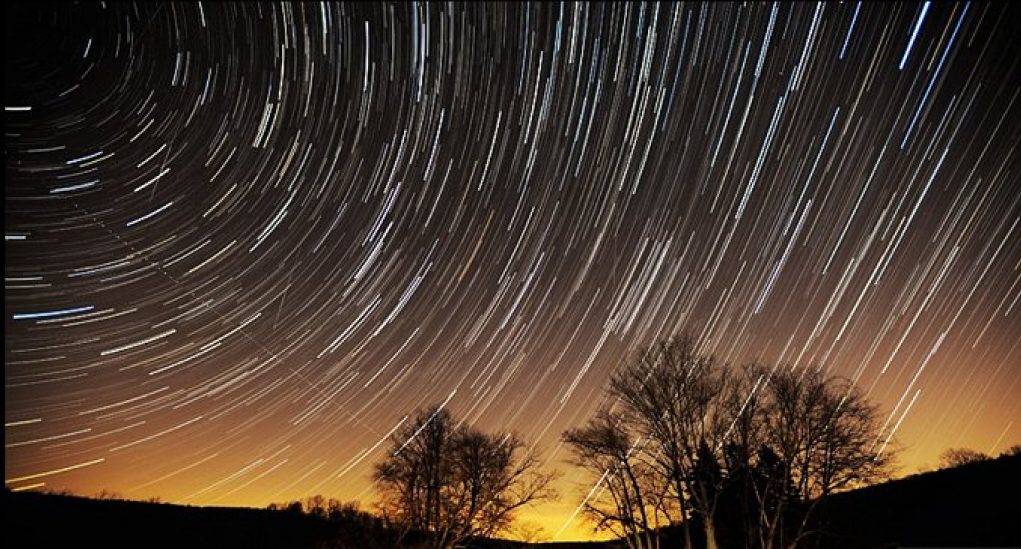Get ready for a mesmerizing celestial show! The Geminids meteor shower is a sight to behold, captivating skywatchers from mid-November through late December. But what sets this meteor shower apart is its unique origin. Unlike most meteor showers that originate from comets, the Geminids come from an asteroid called 3200 Phaeton. This makes them even more intriguing and raises questions about how this asteroid has left a trail of debris.
Recently, NASA scientists studying data from the Parker Solar Probe have made a breakthrough in unraveling the mystery behind the formation of the Geminids. Their findings suggest that a catastrophic event, possibly a collision or explosion, led to the creation of this spectacular meteor shower. The Parker Solar Probe, designed to study the Sun, played a crucial role in providing clues about the birth of the Geminids. As it passed through the meteor shower, the probe detected electrical signals from dust grains that bombarded it. These signals, along with simulations and Earth observations, helped the scientists piece together the puzzle.
Unveiling the Secrets
The Parker data, combined with simulations and Earth observations, led the team of scientists to conclude that the Geminids did not continuously break off from 3200 Phaeton. Instead, they believe that a collision or explosion shattered a larger body, potentially a comet, giving birth to Phaeton and its debris. This collision could also explain the mass of the Geminids, which is equal to or possibly greater than that of their parent asteroid. The scientists estimate that this catastrophic event occurred approximately 2,000 years ago, shedding a significant amount of mass in a relatively short period of time.
A Violent Birth
Using the Parker data, the scientists created models to understand how the Geminids formed. They ran several catastrophe simulations, and the most likely scenario turned out to be the most violent one. Earth observations of the Geminids supported this conclusion. However, despite the intensity of this event, none of the models showed any debris striking our planet. While the Parker probe cannot directly image the structure of the debris stream, future missions like JAXA’s DESTINY+ could provide more insights by making direct observations of 3200 Phaeton.
As we eagerly await further discoveries, let’s continue to gaze into the winter sky and marvel at the wonders of the Geminids meteor shower.
Planetary Science Journal, 2023. DOI: 10.3847/PSJ/acd538 (About DOIs).
Elizabeth Rayne is a creature who writes. Her work has appeared on SYFY WIRE, Space.com, Live Science, Grunge, Den of Geek, and Forbidden Futures. When not writing, she is either shapeshifting, drawing, or cosplaying as a character nobody has ever heard of. Follow her on Twitter @quothravenrayne.
In the modern astronomical age, the origin of the enigmatic Geminid meteor shower has finally been unveiled. For many decades, astronomers have been left perplexed as to the cause of the annual event, which sees hundreds of meteors appear in the night sky around the middle of December every year.
Now, thanks to researchers at the University of California, Los Angeles (UCLA), the source of the Geminids has been identified as an asteroid-like object named 3200 Phaethon. Surveys of the space rock and detailed analyses of its orbit have revealed that it is the parent body of the meteor shower, emanating from a dust cloud that it leaves behind in its path around our Sun.
Phaethon is a mysterious object, which is believed to be a rare hybrid of an asteroid and a comet. Its orbit around the Sun is more circular than that of a typical comet, yet its surface is too dark and brittle to be a comet as well. It is thought that Phaethon is the asteroidal core of an old comet, the dust from which continues to populate the Geminid meteor shower today.
By examining the orbits of meteoroids associated with the Geminids, the UCLA team was able to trace them back to 3200 Phaethon. This enabled them to confirm their suspicions that the object is indeed the source of the meteor shower.
The Geminids have been observed for more than a century, with the first recorded sighting occurring in 1862. However, due to the lack of knowledge about its origin, the true cause of the event has long been a mystery.
The new findings represent a major breakthrough in the study of the Geminids, and are of great importance for understanding the dynamics of the Solar System. It is hoped that further research into the source of the shower will lead to further insight into the evolution of comets and asteroids.




















